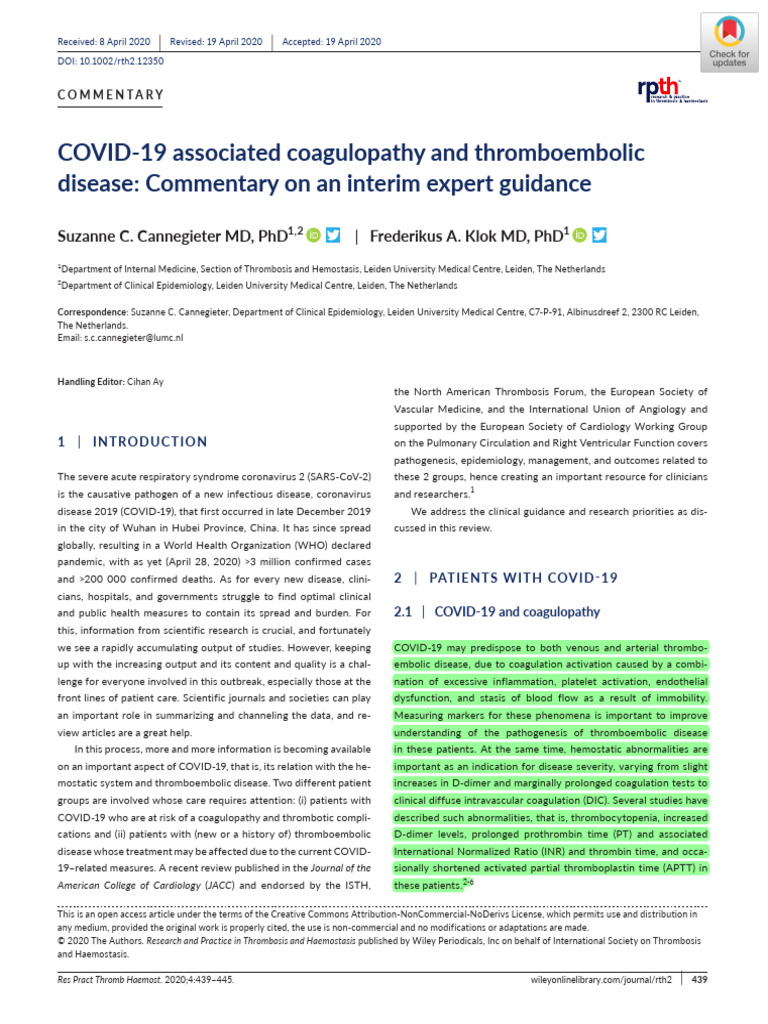The term “UC hiring freeze” refers to a temporary or permanent halt on hiring new employees within the University of California (UC) system. This can significantly impact job seekers and current employees alike, affecting not only the availability of new positions but also the morale and workload distribution among existing staff. Understanding the reasons behind a hiring freeze, its implications, and how to navigate job opportunities during such a period is crucial for anyone interested in or already working within the UC system.
Reasons for a Hiring Freeze
Hiring freezes are typically implemented in response to financial constraints, budget cuts, or strategic planning phases. For the University of California, such decisions are often made at the systemwide level or by individual campuses in response to state budget allocations, enrollment changes, or other fiscal challenges. The primary goal of a hiring freeze is to control expenditure, prioritize existing commitments, and ensure the financial stability of the institution.
Implications of a Hiring Freeze
- Job Availability: The most immediate impact is the reduction in available job openings. This not only affects external candidates but also limits opportunities for internal advancement or transfers.
- Workload Distribution: With fewer staff members, the existing workforce may experience an increased workload, potentially affecting morale and productivity.
- Project Delays: Critical projects or initiatives might be delayed or put on hold due to insufficient staffing, which can impact research, student services, and administrative functions.
- Retention and Recruitment: A hiring freeze can make it challenging to retain top talent, as employees may seek opportunities elsewhere where they can advance their careers. It also complicates the recruitment of new faculty and staff, potentially affecting the academic and research standing of the university.
Navigating Job Opportunities During a Hiring Freeze
While a hiring freeze presents challenges, it does not entirely eliminate job opportunities within the UC system. Here are some strategies for navigating this landscape:
Temporary or Contract Positions: Sometimes, even during a hiring freeze, there may be opportunities for temporary, contract, or grant-funded positions. These roles can provide a foothold into the system and potentially lead to permanent positions when the freeze is lifted.
Essential Hiring: Certain critical positions might be exempt from the freeze, especially those related to health, safety, or legal compliance. Staying informed about these exceptions can help job seekers target available openings.
Networking: Building relationships with current employees or faculty members can provide insights into potential openings or exemptions from the hiring freeze. Networking can also lead to recommendations or referrals when positions do become available.
Professional Development: Using the time to enhance skills, pursue additional education, or gain experience in related fields can make job seekers more competitive when the hiring freeze ends.
Alternative Institutions: Considering job opportunities at other universities or institutions might be necessary. However, for those committed to the UC system, patience and persistence, combined with strategic career development, can ultimately lead to success.
Future Outlook and Strategies for the UC System
The University of California is a complex and dynamic system, with its hiring practices influenced by a wide range of factors, from state funding to demographic changes. As the system navigates financial challenges and strategic planning, it’s likely that hiring practices will evolve, incorporating more flexible models such as remote work, part-time positions, or innovative partnerships with external organizations.
For individuals seeking employment within the UC system, staying adaptable, continuously updating their skills, and maintaining a proactive approach to job searching will be key. Additionally, understanding the broader context of higher education and the role of the UC system within it can provide valuable insights into emerging trends and job opportunities.
Conclusion
A UC hiring freeze, while challenging, is not an insurmountable barrier for those interested in careers within the University of California system. By understanding the reasons behind such freezes, their implications, and employing strategic job search and career development tactics, individuals can navigate this complex landscape effectively. As the higher education sector continues to evolve, resilience, flexibility, and a deep understanding of the system’s dynamics will be essential for success.
What are the primary reasons for implementing a hiring freeze in the UC system?
+The primary reasons include financial constraints, budget cuts, or strategic planning phases aimed at controlling expenditure and ensuring financial stability.
How does a hiring freeze affect current employees and job seekers?
+It affects job availability, potentially increases workload for current staff, and can impact morale and the ability to attract and retain top talent.
Are there any job opportunities available during a hiring freeze?
+Yes, temporary, contract, or grant-funded positions might still be available. Additionally, essential or exempt positions related to critical university functions may be filled.
What strategies can job seekers employ during a hiring freeze?
+Job seekers can look for temporary or exempt positions, network with current employees, enhance their skills, and consider opportunities at other institutions. Staying informed and adaptable is key.
How can the UC system support employees and potential hires during a hiring freeze?
+The UC system can support employees by providing resources for professional development, offering flexible work arrangements where possible, and maintaining open communication about the hiring freeze and its expected duration.


